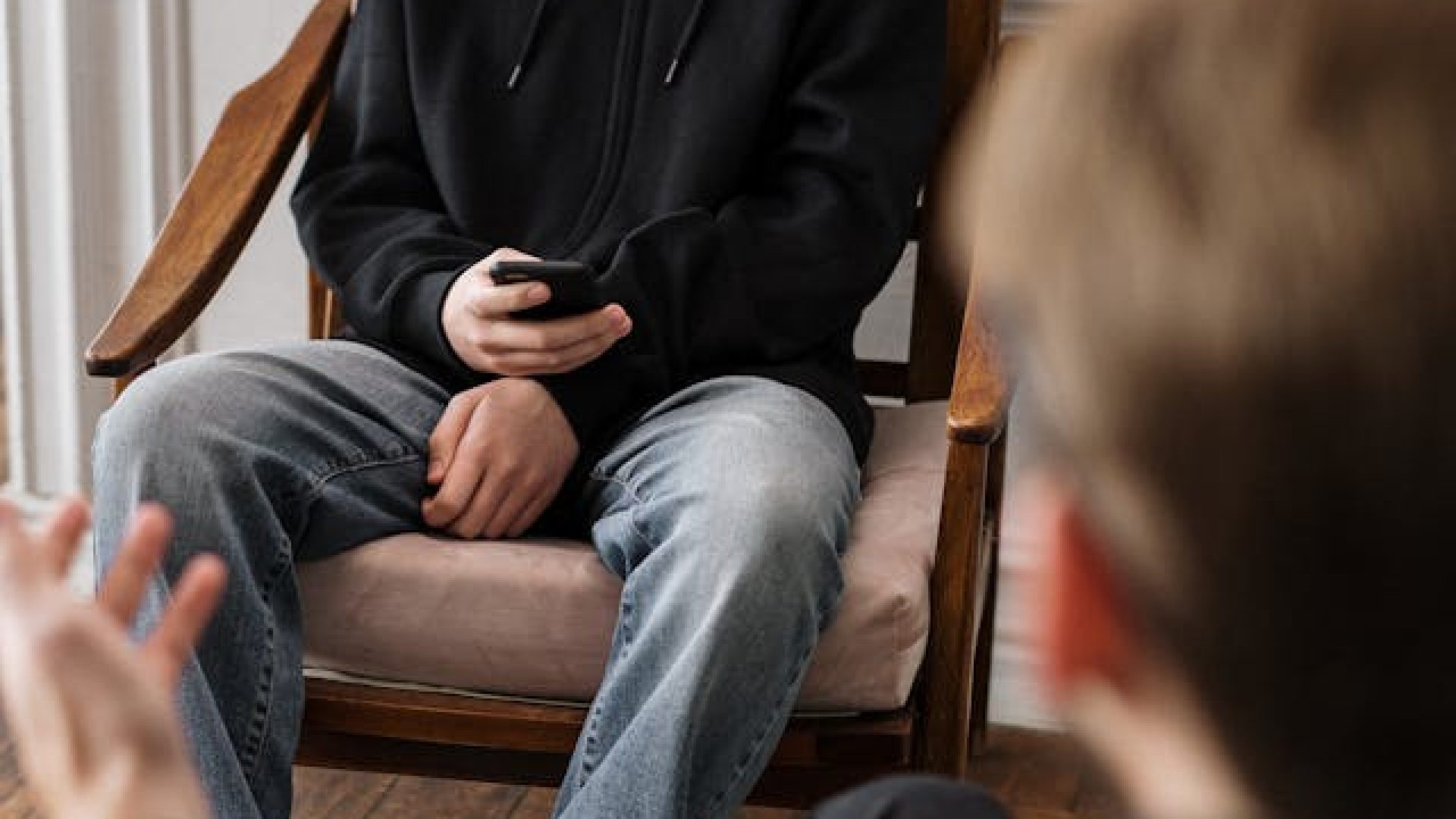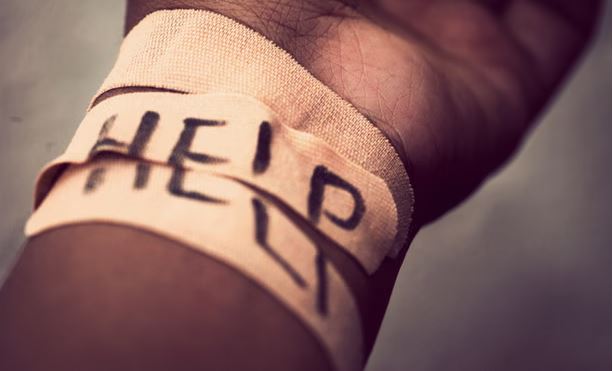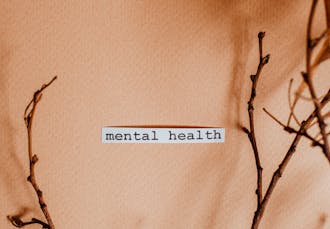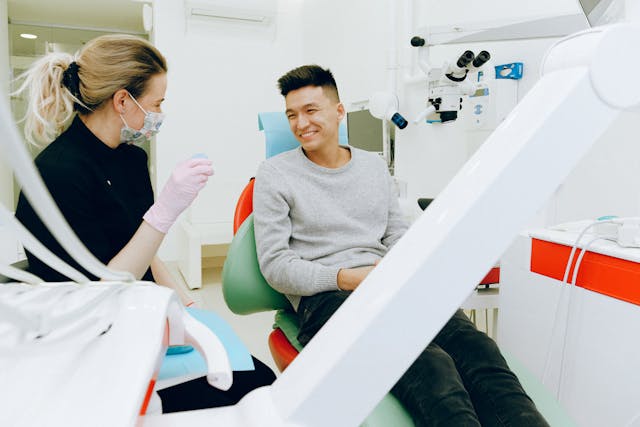“Every scar I carry is a sentence from a story I survived, not evidence of a life I failed to live.”
My young readers,
I write this not just as a Resident Psychiatrist who has spent a couple of years treating individuals battling the invisible wounds of psychological pain, but also someone who carries Self-Harm Scars etched into my own skin. These marks are reminders of a childhood shaped by turbulence, moments where pain felt easier to express externally than to hold inside. Today, when I sit across from patients who struggle the way I once did, my scars become a silent bridge of understanding.
Self-Harm Scars are not merely physical imprints. They carry narratives of distress, loneliness, unresolved trauma, and emotional storms that became too heavy for a person to bear. Recognizing early warning signs can be lifesaving, whether for yourself, a loved one, or someone under your care.
Today, I want to gently walk you through some of the warning signs of Self-Harm Scars you should never ignore. However, before doing that, I intend to make sure you understand the psychology behind self-harm.

Why Scars Become Silent Language?
Self-harm is not about having a desire to die. It’s about wanting the emotional chaos inside to become bearable for even a moment.
Psychologically, self-harm can serve as:
● Emotional Regulation
A way to convert emotional pain into physical pain. For them, it is something more tangible, more “manageable”.
● Self-Punishment
Trauma survivors frequently internalize guilt. Hurting themselves becomes an unconscious attempt to “deserve” the hurt they already feel.
● Unspoken Communication
For those who can’t express their trauma, Self-Harm Scars become the language their voice cannot speak.
This doesn’t justify the act. It simply explains the emotional hurricane that leads to it.
● Ending Dissociation
When someone feels numb or disconnected, physical pain brings them back into their body.
1. New Scars Appearing Without a Logical Explanation.
So, when random people started questioning my Self-Harm Scars, I used to give them lame excuses such as “Oh, I fell”, or “I probably scraped it somewhere”, or “It’s just my cat’s paws”. I used to make them look like an accident.
Well, this pattern is the first red flag, and I know this from personal experience. Individuals who deliberately hurt themselves rarely disclose the truth immediately due to shame, fear of judgment, or the belief that their pain is a burden on others.
In my clinical setting, I have noticed that teens and young adults who self-harm tend to overexplain minor injuries or avoid explaining significant ones. When their story doesn’t match the wound, the dissonance usually indicates internal distress calling for attention.
“Where words failed, my wounds spoke. But the world didn’t always know how to listen.”
If you notice this pattern in someone, lean in with compassion, not confrontation. Silence pushes people deeper into the pit of secrecy; empathy helps them feel safe enough to open up.
2. Scars In Symmetrically Patterned Areas.
Self-Harm Scars often appear on:
- Forearms
- Thighs
- Wrists
- Abdomen
- Upper arms
When self-inflicted injuries appear symmetrically, for instance, on both legs or repeated marks across the same area, it mostly indicates intentional harm rather than accidental injury.
Clinically speaking, patterned injuries are among the strongest indicators of deliberate self-harm. Emotionally, they often represent attempts to regain control, regulate unbearable emotions, or numb psychological intensity via physical sensation.
This is a warning sign that must never be ignored because it often shows an ongoing self-harm rather than historical, isolated episodes.
3. Wearing Long Sleeves or Concealing Clothing Even In Heat.
As someone who did this myself during adolescence, I know how hiding scars becomes second nature. Long-sleeved shirts in scorching weather, oversized tops during extreme physical activity, and refusing to participate in any swimming activities because of the fear of scar visibility. These are protective shields to avoid questions, judgment, or stigma.
People who conceal their Self-Harm Scars aren’t trying to deceive the world. They are simply trying to protect the most vulnerable part of themselves from further trauma and damage.
Concealment may also appear as:
- Avoiding medical appointments.
- Refusing to change clothes in front of others.
- Excessive use of bracelets, bangles, or wristbands.
- Heavy makeup on certain parts of the body.
When someone consistently hides parts of their body, it’s not necessarily vanity; it may be a sign of unspoken emotional pain.
4. Scar Tissue That Looks Fresh, Inflamed, or Repeatedly Reopened.
Fresh or recurrent Self-Harm Scars indicate cycles of emotional overwhelm. These include:
- Multiple scars of varying ages.
- Pink or red newly healed lines.
- Raised or hypertrophic scars.
- Scabs that frequently reopen.
This pattern tells a story of repeated episodes rather than isolated incidents.
From a Psychiatric Perspective, this often suggests:
- Underlying depression.
- PTSD.
- Emotional dysregulation or emotional instability.
- Borderline personality traits.
- Trauma-related triggers.
And of course, as a human, it signals drowning in silence.
5. Sudden Withdrawal, Irritability, or Emotional Shutdown.
Self-harm hardly ever exists without emotional undercurrents. Before new Self-Harm Scars appear, individuals often demonstrate:
- Fluctuations in mood.
- Social withdrawal.
- Heightened irritability.
- Emotional numbness.
- Self-loathing statements.
- Loss of interest in previously loved activities.
Self-harm is frequently used to feel something when someone is emotionally paralyzed, or to stop feeling when emotions become unbearable.
If you observe unexplained mood swings along with concealed or suspicious injuries, it is time to intervene gently and support wholeheartedly.
6. Excessive Use of Bandages, Antiseptics, or First-Aid Supplies.
When I was a teenager, I used to have a collection of antiseptic creams, cotton swabs, and bandages that I would keep locked in a drawer nobody had access to. Talking from a personal experience, many individuals who hurt themselves deliberately maintain secret medical kits, buy medical supplies and painkillers frequently, and keep them unusually organized.
Warning signs include:
- Carrying small first-aid items everywhere.
- Regularly purchasing cutters, blades, sharp objects, or tools.
- Making excuses such as “I am super clumsy” or “I get bruises very easily”.
If you notice medical supplies being used disproportionately compared to the injuries explained, it may be more than just a coincidence.
7. Statements Suggesting Hopelessness, Shame, or Feeling Out of Control.
Self-harm is almost always a coping mechanism for emotional suffering, but not really a desire to die. But the psychological pain involved can be severe.
Listen closely when someone says:
- “I feel empty and lost”.
- “The pain inside me is too much to bear.”
- Nobody can ever understand”.
- “I don’t deserve to feel better”.
- “I don’t know how to deal with this anymore”.
These whispers are often louder than the scars themselves.
“Healing begins the moment someone believes your pain without demanding proof.”
Whether these scars are your own or on someone you deeply care for, please understand: self-harm is never a sign of weakness. It is a sign of overwhelming distress that urgently requires compassion, not criticism.
The Hidden Emotional Burden of Carrying Self-Harm Scars as an Adult.
My own Self-Harm Scars are more than physical marks; they are emotional timelines.
As an adult, especially as a doctor, they carry hidden burdens:
- The guilt of feeling “exposed”.
- The anxiety of medical examinations.
- Emotional flashbacks often occur during stressful times.
- The fear of being judged by colleagues.
- The conflict between healing and remembering.
But with the passage of time, I realized something:
“Scars are not an indication of failure. They are a symbol of survival”.
They are not evidence of your weakness. They are evidence that you lived through something that could have possibly destroyed you, but didn’t.
Why Identifying These Warning Signs Matters?
Early recognition can prevent escalation. It can help you or your loved ones receive appropriate psychological support, emotional validation, and necessary medical intervention. Many people battling Self-Harm Scars suffer in silence for years because they fear judgment more than they fear the pain.
As mental health experts, family members, and human beings, we owe them understanding. At YouthTableTalk, we provide psychological and emotional support to individuals suffering from Self-Harm Scars as well as the pain associated with it.
In case you or any of your dear ones are suffering in silence, consider reaching out to crisis services or mental health professionals who provide Self-Harm Recovery.
Healing Is Possible, You Are Not Beyond Help.
If you are carrying scars, old or new, please know:
- You deserve healing and happiness.
- You deserve to be heard and seen.
- You deserve understanding and compassion.
- You deserve a life where pain isn’t your coping mechanism.
If you are ready, consider reaching out for support or learning about treatments like DBT (Dialectical Behavior Therapy). It is one of the most effective options for emotional regulation. You can learn more about DBT at VeryWellMind.
You might also want to explore trauma-focused therapies that help rewrite painful patterns at https://www.apa.org/ptsd-guideline/patients-and-families/trauma-therapy.
FAQs
1. Can self-harm occur without suicidal intent?
Yes. Most people who self-harm do not want to die. They want to feel something or stop feeling something altogether.
2. How do I know if someone is at risk?
Social isolation, emotional withdrawal, mood swings, repeated fresh wounds in a particular pattern at the sites mentioned above.
3. What therapies help with self-harm the most?
DBT, Trauma Therapy, CBT, and EMDR are highly effective.
4. Can adults experience self-harm after childhood trauma?
Absolutely. Childhood trauma often resurfaces in adulthood as emotional dysregulation, including self-harm.
5. Should I confront someone about their scars?
Approach gently. Don’t confront. Warmly invite them to share their feelings.
References
“Diagnostic and Statistical Manual of Mental Disorders (DSM-5-TR)” — APA
Klonsky’s work on why people self-harm (clinical review)
NICE guideline on self-harm: assessment, management, and prevention
Information on DBT and its use for emotional regulation/self-harm
Comprehensive explanation about self-harm, causes, risks, treatment
WHO’s information on self-harm, prevention, and statistics
Dr. Talia Siddiq is a resident psychiatrist in training at Dr. Ruth K.M. Pfau Civil Hospital Karachi, deeply passionate about understanding the human mind and helping people find healing. Beyond her clinical work, she is also a writer who believes that mental health conversations should be easy, relatable, and stigma-free.
She started writing in 2020, turning her reflections and experiences into articles that speak to the struggles many young people silently face—whether it’s self-harm, addictions, relationships, or simply finding direction in life. Over time, her writing has expanded into areas like career guidance and financial independence, because she strongly believes that resilience isn’t just about surviving emotionally—it’s about building a meaningful, balanced life.
For Talia, YouthTableTalk is more than a blog. It’s a safe corner on the internet where young people can pause, reflect, and feel understood. Her goal is not to lecture but to have a conversation—just like a friend who listens, shares, and gently guides you toward growth.
When she isn’t studying psychiatry or writing, you’ll often find her reading, exploring self-growth books, or cooking something new for her family. She brings the same curiosity and compassion to her personal life that she does to her work: always seeking better ways to connect, learn, and inspire.
Through YouthTableTalk, she hopes to remind every reader of one simple truth: you’re not alone, and your story matters.
- Talia siddiqhttps://www.youthtabletalk.com/author/talia-admin/
- Talia siddiqhttps://www.youthtabletalk.com/author/talia-admin/
- Talia siddiqhttps://www.youthtabletalk.com/author/talia-admin/
- Talia siddiqhttps://www.youthtabletalk.com/author/talia-admin/






